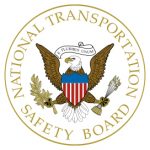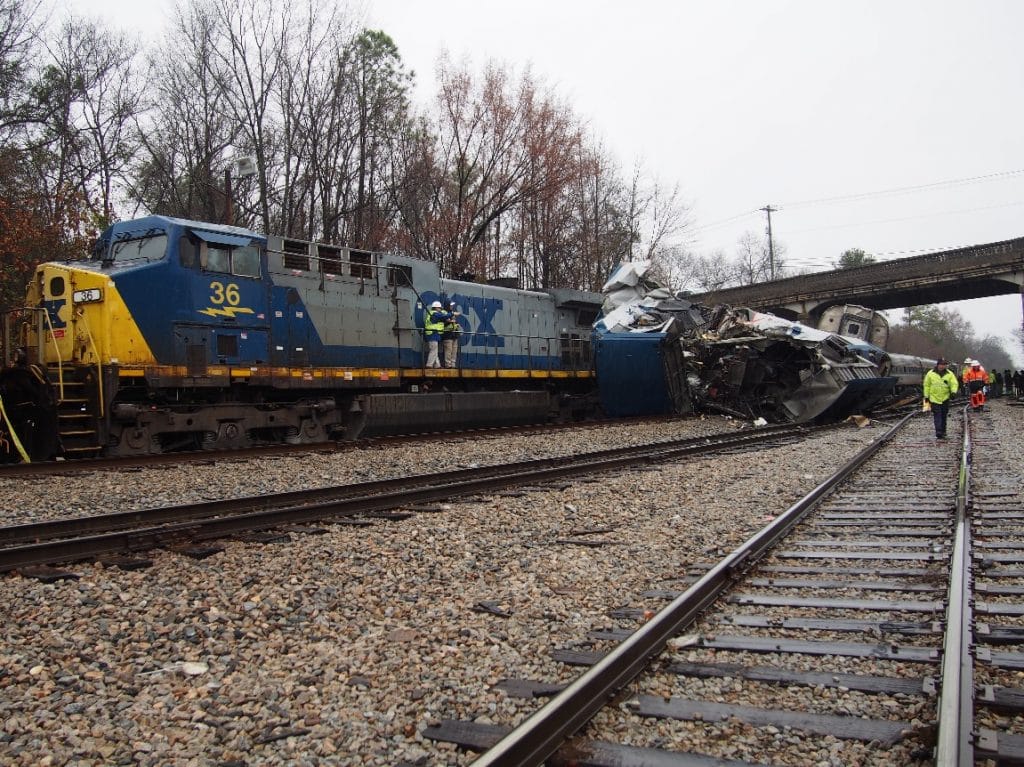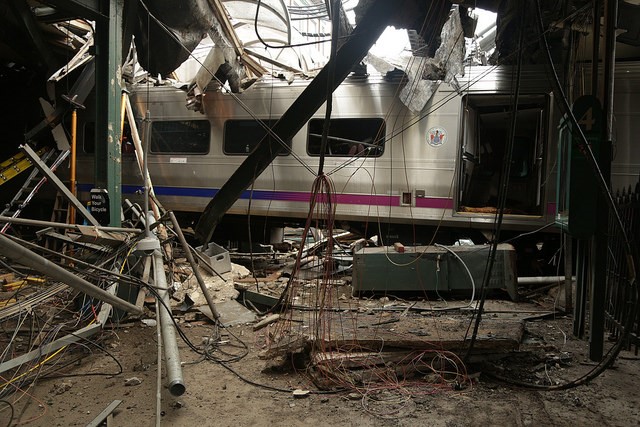by The National Healthy Sleep Awareness Project
Sleep deprivation impacts workplace safety, productivity and individual health
(DARIEN, Ill.) March 2018 – Getting insufficient sleep and working while fatigued have become commonplace in the modern 24/7 workforce, with more than 37 percent of workers sleep-deprived.[i] Over-worked and over-tired employees experience cognitive declines and present employers with heightened safety risks and increased economic costs. The National Healthy Sleep Awareness Project – including partners the American Academy of Sleep Medicine (AASM), the Centers for Disease Control and Prevention (CDC), the Sleep Research Society (SRS) and the National Safety Council (NSC) – is launching the “Sleep Works for You” campaign, encouraging employers to help workers avoid fatigue and develop healthy sleep habits for long-term success and well-being.
“Working long hours and sleeping less than the recommended seven or more hours has become a badge of honor in many industries, despite evidence that proves a lack of sleep hurts productivity, safety and overall health,” said AASM President Dr. Ilene Rosen. “It is essential for employers to promote health and safety by creating a workplace culture that values the importance of sleep.”
The National Healthy Sleep Awareness Project encourages employers to promote sleep health in the workplace with three steps:
- Learn about sleepiness in the workplace, its costs, its causes and how fatigue can lead to a higher rate of safety incidents
- Educate employees on fatigue, sleep health and sleep disorders, as well as strategies to improve alertness on the job, as part of a comprehensive employee wellness program
- Investigate the causes of fatigue in the workplace and implement fatigue risk management as part of a safety management system
“Nearly 70 million Americans suffer from a sleep problem, and nearly 60 percent of them have a chronic disease that can harm their overall health,” said Janet B. Croft, PhD, senior chronic disease epidemiologist in CDC’s Division of Population Health. “Lack of sleep and sleep disorders, including stops in breathing during sleep (sleep apnea), excessive daytime sleepiness (narcolepsy), restless legs syndrome, and insomnia, are increasingly recognized as linked to chronic disease, including obesity, high blood pressure, and cancer.”
The Cost of Fatigue
According to the NSC, fatigued workers cost employers about $1,200 to $3,100 per employee in declining job performance each year, while sleepy workers are estimated to cost employers $136 billion a year in health-related lost productivity.
To help employers gauge how much fatigue may be adding to annual expenditures, NSC and Brigham and Women’s Hospital created an online Fatigue Cost Calculator.
“Sleepless nights hurt everyone,” said NSC President and CEO Deborah A.P Hersman. “Many of us have been conditioned to just power through our fatigue, but worker health and safety on the job are compromised when we don’t get the sleep we need. Doing nothing to address fatigue costs employers a lot more than they think.”
Impact of Sleepiness on Safety
Sleepiness causes decreased performance capacity, and tired workers become slower, more error prone and less productive. Research shows that fatigue impairs employees’ ability to function properly and puts them at a greater risk of a safety incident.[ii] In fact, about 13 percent of work injuries are attributable to sleep deprivation.[iii]
Sleepiness also impacts safety for those who drive as part of their job or commute to and from work. The National Transportation Safety Board (NTSB) estimates that fatigue has been a contributing factor in 20 percent of its investigations over the last two decades. That’s why the NTSB included “reduce fatigue-related accidents” on its 2017 – 2018 Most Wanted List of transportation safety improvements.
In February, the AAA Foundation for Traffic Safety released a research brief estimating that drowsy driving is involved in up to 9.5 percent of all motor vehicle crashes. Projections from the AAA Foundation indicate that drowsy driving causes an average of 328,000 motor vehicle accidents in the U.S. each year, including 6,400 fatal crashes.
Maximizing Health of Shift Workers
The effects of sleepiness are exacerbated and pose a constant struggle for workers who work night shifts or rotating shifts, and for those who work long hours or have an early morning start time. U.S. Bureau of Labor statistics show about 15 percent of full-time employees in the U.S. perform shift work, many of whom suffer from chronic sleep loss caused by a disruption in the body’s circadian rhythm. Chronic sleep deprivation is associated with an increased risk of depression, obesity, cardiovascular disease and other illnesses that negatively impact a worker’s well-being and long-term health.
There are significant differences in the rate of insufficient sleep among occupations. A recent CDC analysis found that the jobs with the highest rates of short sleep duration were communications equipment operators (58.2%), other transportation workers (54.0%) and rail transportation workers (52.7%).
Night shift workers and those driving during nighttime hours are most at risk for chronic sleep loss. The NSC found that 59 percent of night shift workers reported short sleep duration compared to 45 percent of day workers, while the risk of safety incidents was 30 percent higher during night shifts compared to morning shifts.
Employers with personnel in safety-sensitive positions are urged to implement a fatigue risk management system. The National Institute for Occupational Safety and Health (NIOSH) provides educational resources on sleep, shiftwork, and fatigue for employees and managers involved in aviation, emergency response, healthcare, railroads and trucking.
Employers can help shift workers fight fatigue by implementing the following strategies:
- Avoid assigning permanent night-shift schedules
- Assign regular, predictable schedules
- Avoid long shift lengths
- Give employees a voice in their schedules
- Rotate shifts forward when regularly changing shifts
- Provide frequent breaks within shifts
For more information on how to keep employees safe from risks and costs of fatigue, please visit www.projecthealthysleep.org.
###
About the National Healthy Sleep Awareness Project
The National Healthy Sleep Awareness Project was initiated in 2013 and is funded by the Centers for Disease Control and Prevention through a cooperative agreement with the American Academy of Sleep Medicine. The project involves collaboration with the Sleep Research Society and other partners to address the sleep health focus area of Healthy People 2020, which provides science-based, 10-year national objectives for improving the health of all Americans. The sleep health objectives are to increase the medical evaluation of people with symptoms of obstructive sleep apnea, reduce vehicular crashes due to drowsy driving and ensure more Americans get sufficient sleep. For more information, visit www.projecthealthysleep.org.
[i] Yong LC, Li J, Calvert GM. “Sleep-related problems in the US working population: prevalence and association with shiftwork status.” Occup Environ Med Published Online First: 08 September 2016. doi: 10.1136/oemed-2016-103638
[ii] Lombardi, D. A., Folkard, S., Willetts, J. L., & Smith, G. S. (2010). Daily sleep, weekly working hours, and risk of work-related injury: US National Health Interview Survey (2004–2008). Chronobiology international, 27(5), 1013-1030
[iii] Uehli, K. “Sleep problems and work injuries: a systematic review and meta-analysis.” Sleep Med Rev. 2014 Feb;18(1):61-73. doi: 10.1016/j.smrv.2013.01.004. Epub 2013 May 21.
 On February 4, 2018, southbound Amtrak train 91, operating on a track warrant, diverted from the main track through a hand-thrown switch into a siding and collided head-on with stationary CSX Transportation local freight train F777 03 on the CSX Columbia Subdivision in Cayce, S.C.
On February 4, 2018, southbound Amtrak train 91, operating on a track warrant, diverted from the main track through a hand-thrown switch into a siding and collided head-on with stationary CSX Transportation local freight train F777 03 on the CSX Columbia Subdivision in Cayce, S.C.

